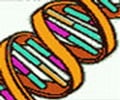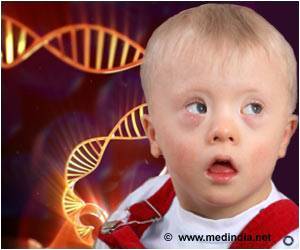University of Georgia researchers have discovered that the extent of genes under the control of the biological clock in Neurospora crassa, bread mold, is dramatically higher than previously reported.
The extent of genes under the control of the biological clock in Neurospora crassa, bread mold, is dramatically higher than previously reported, University of Georgia researchers have discovered.
While only 16 clock-controlled genes had been discovered in Neurospora in more than 40 years of research, the new study has uncovered a remarkable 295 genes that are influenced by the biological clock.Jonathan Arnold, a professor in the UGA department of genetics and director of the research project, says that that number could be dramatically higher.
"This new finding may help to explain why the clock is so far-reaching in its effects on the organism. We found that some 25 percent of the genes in our model organism appear to be under clock control. I wasn't suspecting anything remotely like that," said Arnold, whose team used a new methodology called Computing Life to yield these discoveries.
Writing about the study in the Public Library of Science One, Arnold said: "It appears the clock influences a number of biological processes, including cell cycling, protein metabolism and varied signalling processes. But perhaps the most important role we've seen so far is the clock's role in ribosome biogenesis."
Ribosomes assemble individual amino acids into polypeptide chains by binding a messenger RNA, and then using this as a template to connect the correct sequence of amino acids.
Since ribosome biogenesis is the process of making ribosomes, the researchers said that the knowledge that the process was under clock control added a dramatic new dimension to the clock's inherent biological value as an adaptation.
Using Computing Life, the scientists were able to unravel how a network of genes and their products tell time, thereby demonstrating the solution of one of the key problems in systems biology.
The discovery also had broad implications for understanding biochemical signalling and other regulatory processes in cells, the researcher added.
Source-ANI
RAS/L
 MEDINDIA
MEDINDIA




 Email
Email





